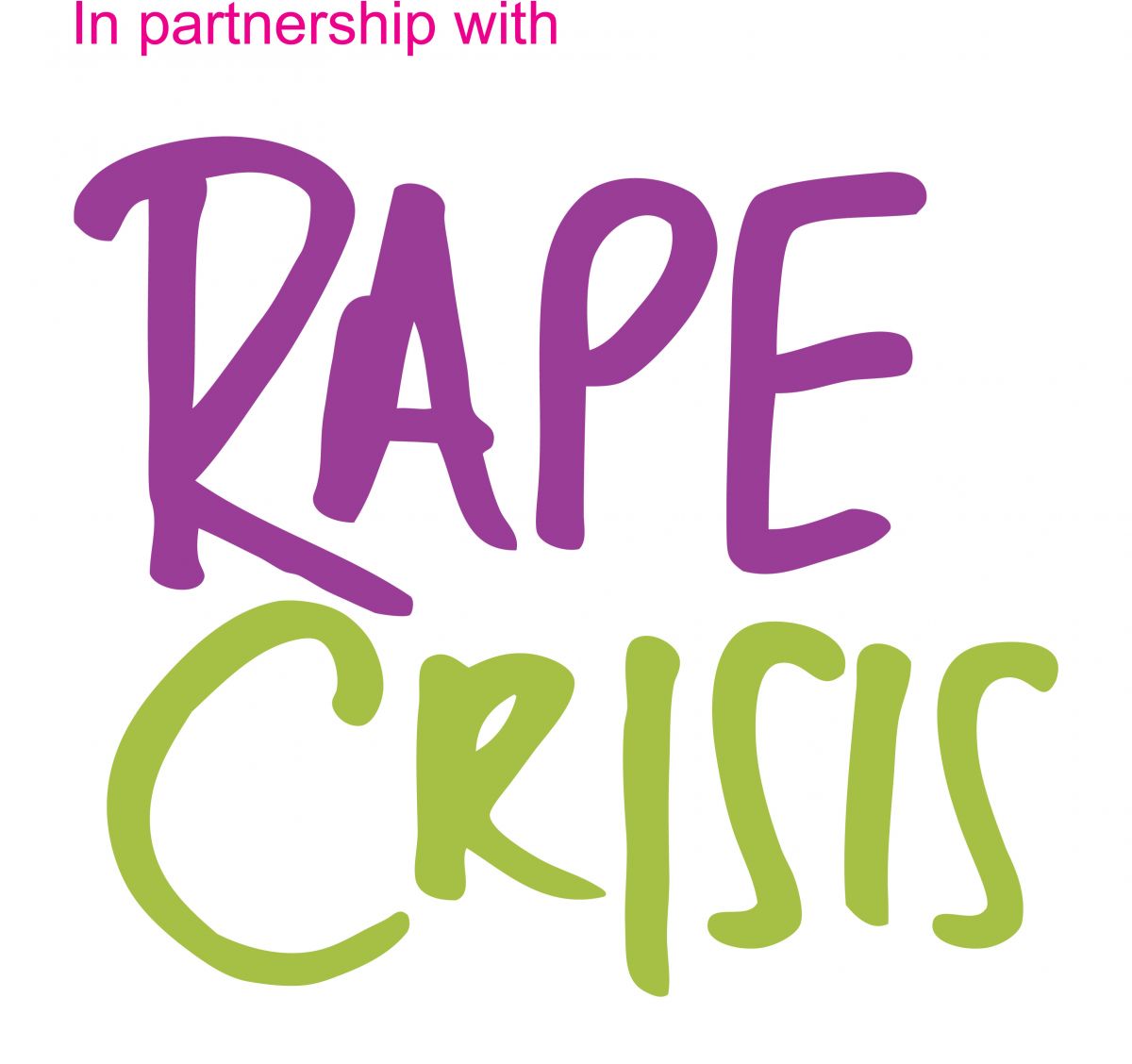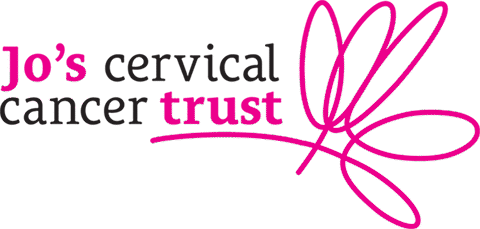Understanding sexual violence and cervical screening
Last modified: 6 June 2025, 07:30
 This information is aimed at sample takers, but may also be useful for other clinical or non-clinical professionals.
This information is aimed at sample takers, but may also be useful for other clinical or non-clinical professionals.
Also in this section:
- Providing emotional support to survivors of sexual violence >
- Providing practical support to survivors of sexual violence >
- Other support organisations for survivors of sexual violence >
- Read our report on survivors’ experience of cervical screening >
Cervical screening is no exception to the discomfort and distress that a survivor of sexual violence may experience. It is likely that experiences of sexual violence contribute significantly to the already low attendance rates. For a survivor, attending a routine smear test can be a source of intense anxiety. They may feel forced or pressured to disclose their experiences, or the examination itself could trigger a whole host of distressing physical and emotional responses.
In a survey conducted by Jo’s Cervical Cancer Trust in partnership with Rape Crisis, almost half of survivors said they had not attended cervical screening because of their experience of sexual violence. A quarter said they had put off the test for the same reason, while just 14.5% of respondents said they attend screening when invited.
– A survey respondent and survivor
What is sexual violence?
Sexual violence is defined as any unwanted sexual act or activity, which can include:
- rape
- sexual harassment or assault, like unwanted touching or indecent exposure
- sexual abuse or exploitation
- forms of gender-based violence, such as female genital mutilation (FGM) and ‘honour-based’ violence.
In legal terms, a person can only consent to sexual activity if they have the freedom and capacity to agree by choice. Anything non-consensual – including sexual activity between intimate partners where coercion and emotional abuse is involved – constitutes sexual violence. Similarly, someone under the influence of drugs or alcohol may be unable to give free and willing consent.
Across the UK:
- In England and Wales, 85,000 women are raped each year (including attempted rape), approximately 90% of whom know the perpetrator prior to the attack, while roughly half a million women each year experience some form of sexual assault.
- In Scotland, 1,755 rapes and 123 attempted rapes were reported to the police in 2016-17.
Perpetrators of sexual violence may be complete strangers, but in most cases they are actually already known to, and trusted by, their victim – as acquaintances, friends, relatives, colleagues, employers, lovers, partners, or people in positions of power.
How can sexual violence affect someone?
This type of violence has a long lasting and wide-ranging impact on survivors, who may suffer long-term physical, emotional, psychological, and psychosexual harm as a result of their experience.
Besides their immediate injuries and bruising, survivors may also be at risk of longer term sexual health complications, such as contracting an STI or becoming pregnant as a result of the attack.
Emotionally, many survivors will suffer symptoms of post-traumatic stress, which can include depression, anxiety, dissociation, nightmares, flashbacks, self-harm, misuse of drugs or alcohol, and suicidal thoughts. They may also feel ashamed and ‘dirty’, or blame themselves for what happened, which understandably impacts on feelings of confidence and self-worth. These responses may get worse if survivors have had negative responses from other people, for example feeling judged, blamed or not believed.
For obvious reasons, sexual violence can also have a significant impact on survivors’ interpersonal relationships, including finding it hard to trust others, and difficulties with romantic and sexual relationships.
Intimate medical examinations can also become a source of trauma, discomfort and distress. As a result, many survivors may avoid or postpone seeking medical advice and attending screenings for breast and gynaecological issues, as well as other regular health appointments like visiting the dentist.
Why can cervical screening be triggering?
Previous research has identified a number of common barriers to cervical screening amongst women with experience of sexual violence. A 2012 research analysis by the National Association for People Abused in Childhood (NAPAC) concluded that:
“Common feelings among survivors of sexual abuse include shame, guilt, self-blame and feeling unclean, contaminated or dirty. These feelings can be compounded during the experience of a smear test. The physical position in which smear tests are taken is generally with the woman lying on her back with legs bent and knees parted. NAPAC hears from many women that this position is too similar to the physical positions they were forced into during the abusive acts against them.”
Understanding these triggers, and the effect this may have on patients, is crucial to smear takers’ ability to support survivors of sexual violence.
Likewise, certain words or phrases – like telling the patient to “relax” – may be reminiscent of the coercive language used by their attacker.
Besides the actual physical experience of screening, the prospect of pain or tension, and the thought of being unwillingly ‘penetrated’ by a clinical object, many survivors’ concerns are related to control and victimisation.
Indeed, previous research found that:
“There is a clear power differential between the smear taker and the woman undergoing the rest. [Women] made remarks about feeling vulnerable, and someone having control over them being ‘similar to the control that is suffered during abuse’… They commented on the intrusive and invasive nature of the test and how they did not like to be ‘lying down exposed… having somebody touch me in that area’ or ‘having a stranger standing there’.”
– A survey respondent and survivor
Further barriers and concerns
There are other barriers to cervical screening that survivors may also face, or may be exacerbated by their experiences.
Embarrassment, shame or guilt
We know that embarrassment and self-consciousness are common barriers to cervical screening amongst women in general, and this can be particularly pronounced in survivors of sexual violence. They may:
- be concerned about visible scarring or signs of abuse
- have feelings of guilt, shame, and low self-worth
- feel that they are no longer entitled to good treatment.
Lack of specialist information and support
6 out of 10 (60%) respondents to our survey said there was nothing to help prepare them for cervical screening, and they did not know where to go for support.
Over 8 in 10 (86%) of respondents said that cervical screening information written specifically for women who have experienced sexual violence would be helpful, while many felt that more signposting to support was necessary. In response, we created patient information about cervical screening that is for survivors and address specific issues.
Print or signpost to our information about cervical screening for survivors of sexual violence >
Fear of disclosure
Many survivors also worry about having to disclose experiences of sexual violence to their smear taker, and whether they will be adequately supported if they do so. Patients with these experiences want to feel safe and able to trust their smear taker, including that they will respond compassionately, calmly, and with an understanding of the issues.
Re-traumatisation
Concerns around going for cervical screening are not simply about bringing up feelings or memories of a past event. If not done properly and with the right sensitivity, the test could traumatise a survivor again as an unwanted act of penetration (due to the use of the speculum). It is important to let any survivor know they are in control of the use and respect their wishes around language, positioning and time taken.
How a survivor might react to cervical screening
Avoidance
Avoidance is a key component of the post-traumatic stress response and, as our survey shows, around half of survivors react to these barriers by simply not attending cervical screening appointments when invited.
In a 2012 study, a small minority of women said they would “rather die of something that screening would pick up than be in that position again”. For those who do attend, it may take many months or years of avoidance before they feel able to book their smear test.
Stress responses
Once in the appointment, survivors may become emotional or distressed. They may want to disclose their past experiences, or talk through what the procedure will involve. They may need more time and patience than other patients to prepare for the screening itself.
Other common reactions by survivors to cervical screening include:
- panicking, or having a panic attack
- dissociating or disconnecting from reality
- freezing.
These may be similar to the stress responses that kicked in during their experiences of violence and, either way, can be incredibly distressing.
If the survivor regularly suffers from one of these symptoms, they may come into the appointment already feeling anxious about their mind or body responding in this way, and that anxiety can itself present a further barrier.
– A professional and survivor
You may these references useful as further reading:
- Rape Crisis Scotland. Web: https://www.rapecrisisscotland.org.uk/. Accessed August 2018.
- Rape Crisis England & Wales. Web: https://rapecrisis.org.uk/statistics.php. Accessed August 2018.
- Kelly, S. (2012). The effects of childhood sexual abuse on women’s lives and their attitudes to cervical screening. BMJ. 38. pp.212-213. http://dx.doi.org/10.1136/jfprhc-2012-100418
- Cadman, L. et al (2012). Barriers to cervical screening in women who have experienced sexual abuse: an exploratory study. BMJ Sexual & Reproductive Health. 38. pp.214-220. http://dx.doi.org/10.1136/jfprhc-2012-100378
August 2023 – Please be aware that this information for health professionals is currently undergoing regular review in line with our editorial policy. However the information remains valid.
Visit our hub for professionals >
Get tips and guidance for supporting your patients.
